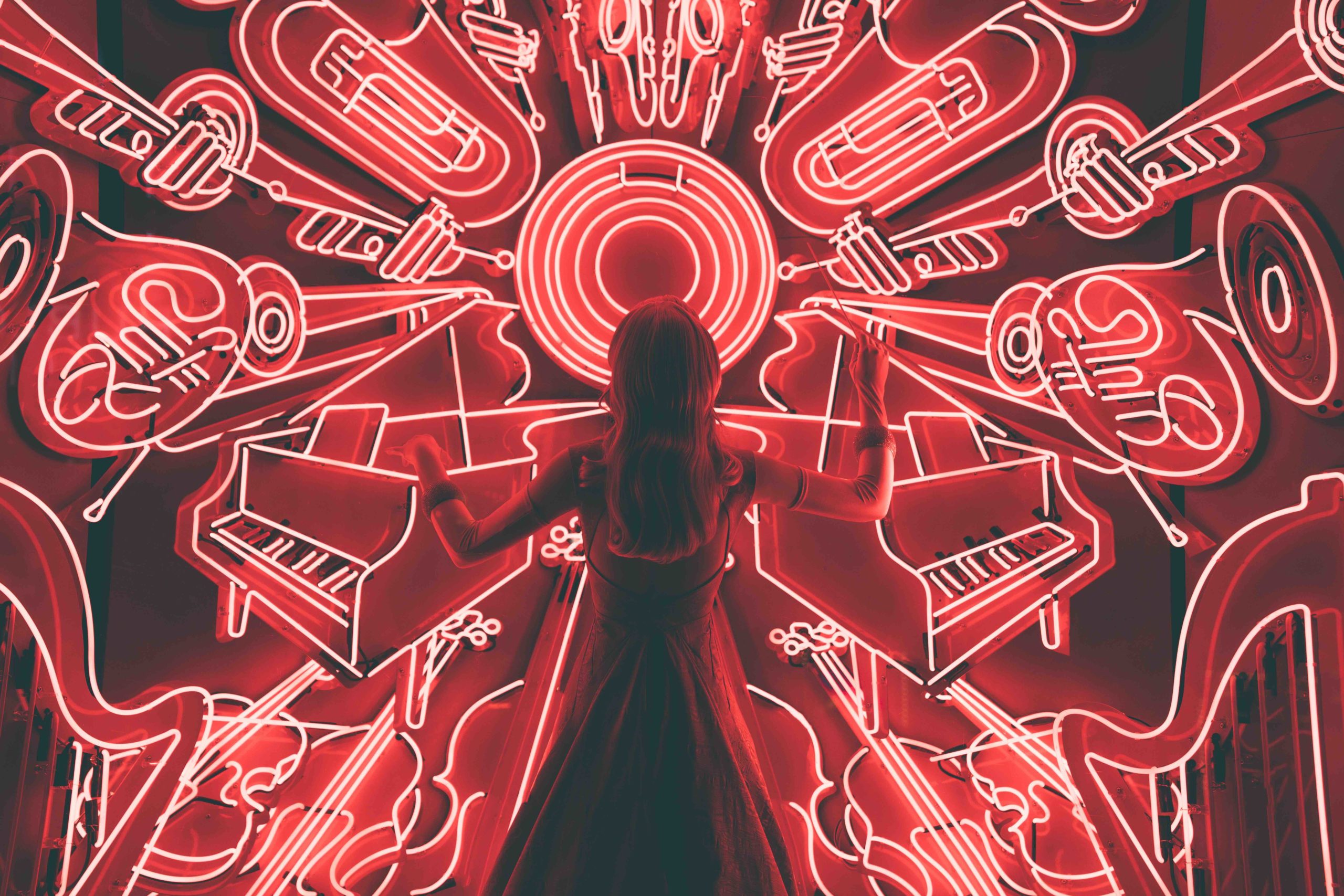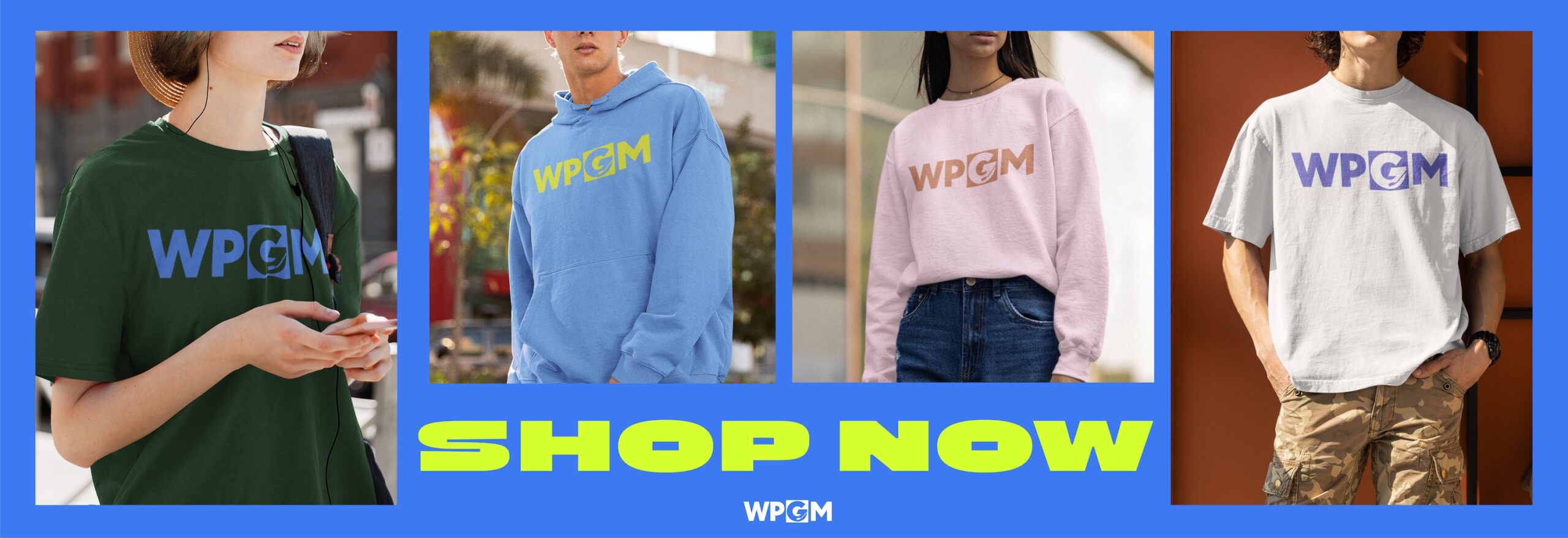
COVID-19 has already changed the music industry. Some of those changes are hopefully temporary but others are the result of existing trends being accelerated.
The cancellation of a raft of live events, from tours to SXSW to Glastonbury is a trend that will hopefully be reversed once social distancing becomes a distant memory. But the loss of income from live events has put more focus on streaming revenue, home jam sessions and other ways musicians can continue to connect with their fans from afar.
Artists Doing Jam Sessions At Home
With artists being confined to home during the outbreak, recording studios are out of the equation, meaning many artists are now on their own if they want to get their music out to fans.
We’ve already seen the likes of Chris Martin, John Legend and Hozier join in with Global Citizen’s #TogetherAtHome initiative on Instagram and NPR has a list of upcoming virtual concerts.
Streaming for free may not be financially viable for every artist, but donation links can be utilized as well as private platforms that grant access after a fee has been paid. We can also expect many of the big tech giants to start hosting virtual concerts as a way to boost their engagement. Perhaps eventually we’ll even start to see virtual reality concerts take off!
Musical Styles
Musical styles will evolve and adapt. Most artists are – for the foreseeable future – ‘bedroom producers, who record in their own homes. This tends to lend a much more intimate, lo-fi quality to tracks that audiences are likely to respond positively to as musicians continue to express themselves and their circumstances through writing and releasing songs.
There’s a huge opportunity for independent musicians. The playing field is levelled if everyone is making music from home, away from studios and performing on tours financed by big record companies. Music will be judged on what you’re able to produce on your own, and when communication channels are reduced to online, your Instagram alerts show up right alongside Post Malone’s on your friend’s phone.
Streaming Boom
Streaming services are going to pick up more subscribers as people look for content to entertain them, and have more time available to browse and listen to music.
There will be a lot of online traction between musicians and fans, as social distancing means that more traditional artists are likely to lose touch with their fans without their standard touring platform. Artists will probably look to social media even more, and in more creative ways, to promote themselves and stream, perform and release music.
The great thing about streaming is that for artists it is so accessible and requires very little outlay to get started. Subscription models and algorithmic recommendations encourage diversity and discovery in listening, so independent and niche artists can potentially earn more from their music.
Challenges Of Streaming Income
Unfortunately, streaming income can take months or even years before it accumulates into a significant amount of money. That can make it hard for musicians who want to fund a tour, make a YouTube video or even work on their next album. When an artist is starting to take off, they cannot afford to wait two years to capitalize on their success.
That’s where services like The Music Fund can help by giving artists up-front cash now, that they can invest in their careers, in return for a share of their existing streaming income. And they don’t have to be worried about being burdened with debt because at the end of the deal term, even if the money is not fully recouped, the artist owes nothing.
The Music Fund shares in the success of the artist’s back catalog, but makes no claims on any future releases, so the effective portion of their income being shared typically becomes less and less – well before the deal term is over.
Words by John Funge (The Music Fund) // Photo Credit: Spencer Imbrock
About John Funge: John is CEO and Co-founder at The Music Fund. The Music Fund provides an automated, self-service platform so that musicians, especially those in the long-tail, can access artist-friendly funding by selling a portion of their royalty streams in return for up-front cash.





